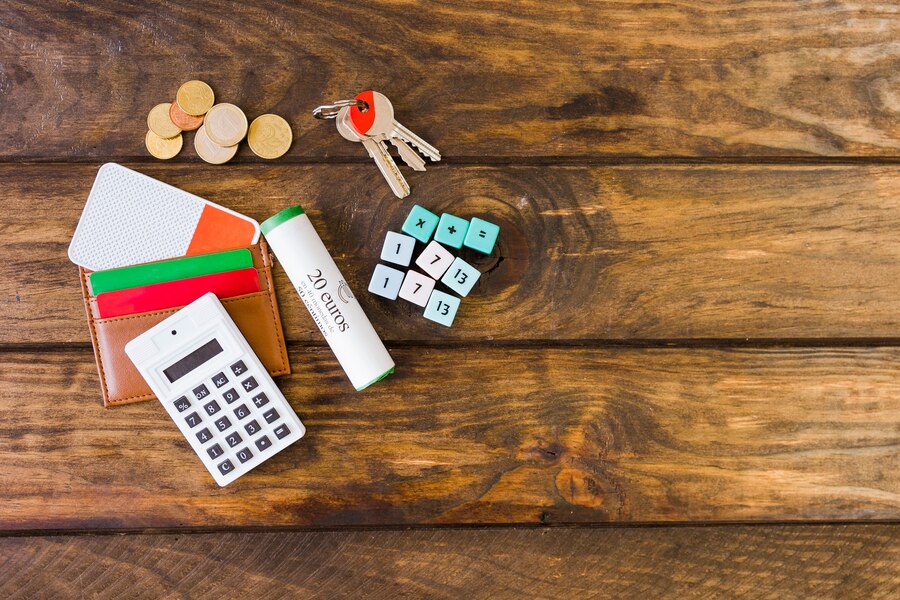Planning for big purchases without going into debt is a crucial skill that can significantly enhance your financial well-being. Whether you’re saving for a new car, a home, or a dream vacation, having a clear strategy allows you to make these purchases without the stress of financial strain. This article will explore effective methods to help you save for significant expenses while maintaining financial stability.
Understanding the Importance of Planning

The key to making large purchases without incurring debt is effective planning. By setting clear financial goals and creating a structured savings plan, you can avoid relying on credit cards or loans, which often come with high-interest rates and fees. Here are some practical steps to help you save for those big-ticket items.
1. Set Clear Financial Goals
Start by defining what you want to purchase and how much it will cost. Setting a specific savings goal gives you a target to work towards. For example, if you plan to buy a car that costs $20,000, knowing this figure helps you understand how much you need to save each month.
2. Create a Budget
Developing a budget is essential for tracking your income and expenses. Identify areas where you can cut back on discretionary spending—like dining out or entertainment—and redirect those funds toward your savings goal. Use budgeting tools or apps to help you stay organized and accountable.
3. Open a Dedicated Savings Account
Consider opening a separate savings account specifically for your big purchase. This account should not be tied to your regular spending accounts, making it less tempting to dip into the funds for everyday expenses. Look for high-yield savings accounts that offer better interest rates to help your savings grow faster.
4. Automate Your Savings
Set up automatic transfers from your checking account to your dedicated savings account each month. Automating your savings ensures that you consistently contribute toward your goal without having to think about it. Treat your savings like any other recurring expense.
5. Use the 30-Day Rule
Before making any large purchases, implement the 30-day rule: wait 30 days before buying anything that isn’t an essential item. This cooling-off period allows you to evaluate whether the purchase is necessary and gives you time to save up if it is.
6. Take Advantage of Sales and Discounts
Timing your purchases can lead to significant savings. Research seasonal sales events, holiday discounts, or clearance sales for the items you want to buy. Planning ahead can help you secure better deals and reduce overall costs.
7. Consider Side Hustles
If you’re looking to boost your savings more quickly, consider taking on a side hustle or freelance work. Whether it’s tutoring, pet sitting, or selling handmade crafts online, additional income can significantly accelerate your savings progress.
8. Track Your Progress
Regularly monitor your savings progress toward your goal. Celebrate small milestones along the way to stay motivated and committed to reaching your target amount.
9. Limit Impulse Purchases
Be mindful of impulse buying habits that can derail your savings plan. Avoid shopping when you’re feeling emotional or stressed, as this can lead to unnecessary spending.
10. Review and Adjust Your Plan Regularly
Life circumstances change, so it’s essential to review your budget and savings plan regularly. Adjust contributions based on changes in income or expenses and ensure you’re still on track to meet your goals.
Conclusion
Planning for big purchases without going into debt requires discipline and foresight but is entirely achievable with the right strategies in place. By setting clear goals, creating a budget, automating savings, and being mindful of spending habits, you can make significant purchases while maintaining financial health. Remember that patience is key; with consistent effort, you’ll be able to enjoy those big-ticket items without the burden of debt.
FAQs
1. What is the first step in saving for a big purchase?
The first step is setting clear financial goals by determining what you want to buy and how much it will cost.
2. How can I create an effective budget?
List all sources of income and categorize expenses into fixed (rent/mortgage) and variable (entertainment/dining). Identify areas where you can cut back and allocate those funds toward savings.
3. What type of account should I use for saving?
Open a dedicated high-yield savings account that is separate from your regular spending accounts to avoid temptation.
4. How much should I save each month?
Calculate how much you need by dividing the total cost of the item by the number of months until you plan to make the purchase.
5. What is the 30-day rule?
The 30-day rule encourages waiting 30 days before making non-essential purchases to determine if they are truly needed.
6. How can I find discounts on big purchases?
Research seasonal sales events, sign up for newsletters from retailers, and use coupon websites or apps that alert you about discounts.
7. What are some good side hustles for extra income?
Consider options like freelancing, tutoring, pet sitting, rideshare driving, or selling products online through platforms like Etsy or eBay.
8. How do I track my progress toward my savings goal?
Use budgeting apps or spreadsheets to monitor contributions regularly and celebrate milestones as you reach them.
9. What should I do if my financial situation changes?
Review and adjust your budget and savings plan accordingly; prioritize essential expenses while continuing to save as much as possible.
10. How do I avoid impulse purchases?
Limit exposure to advertising triggers by unsubscribing from promotional emails and avoiding shopping when you’re feeling emotional or stressed.
